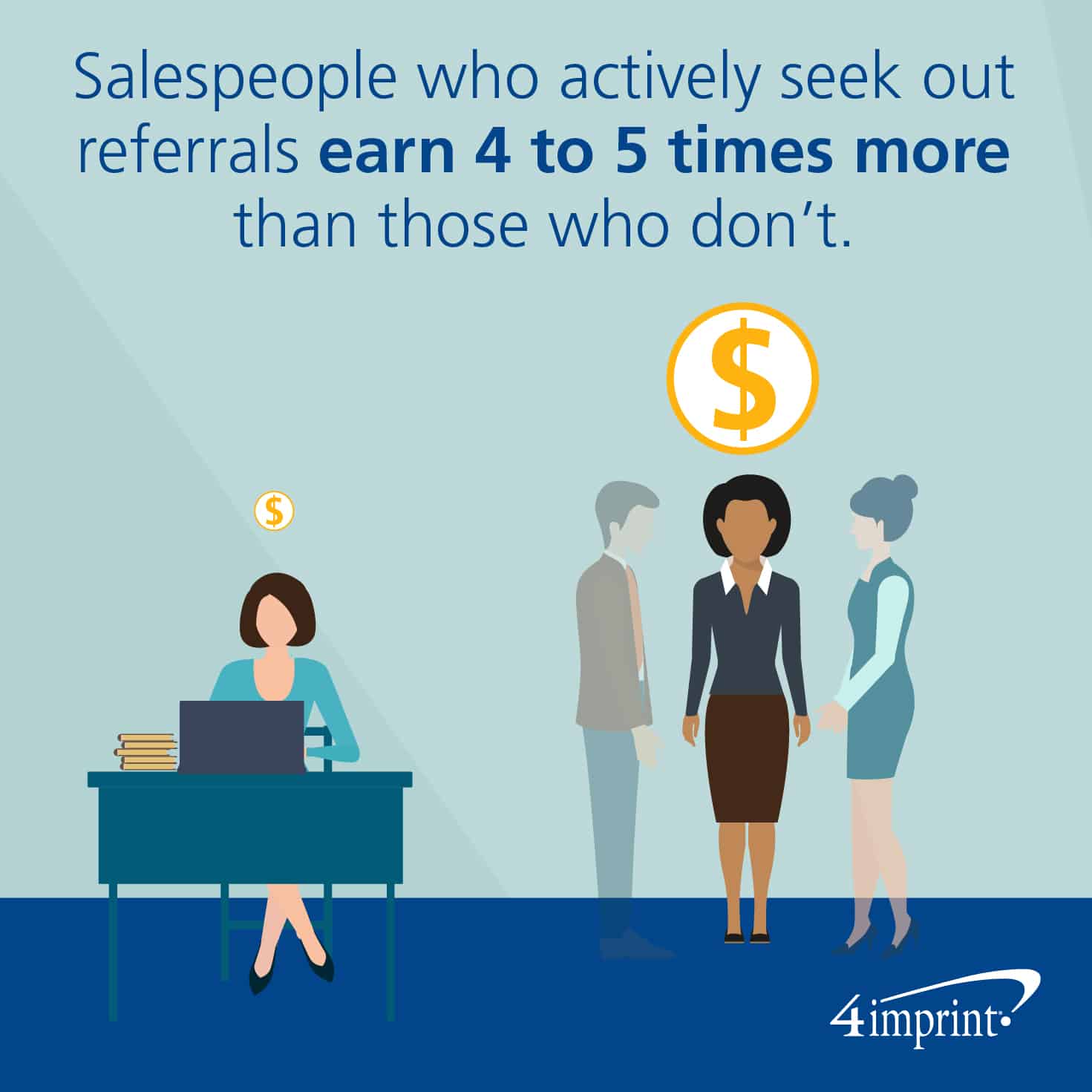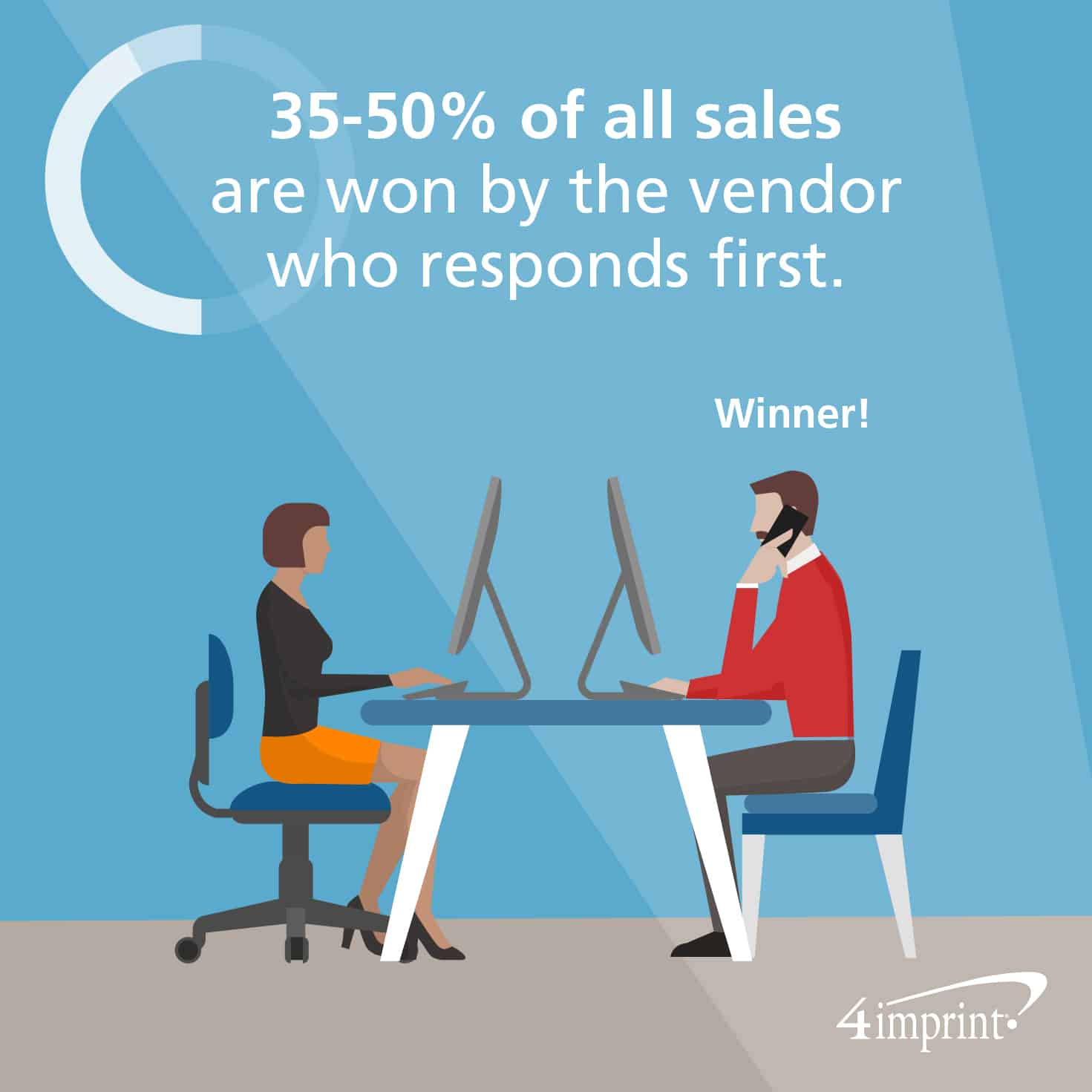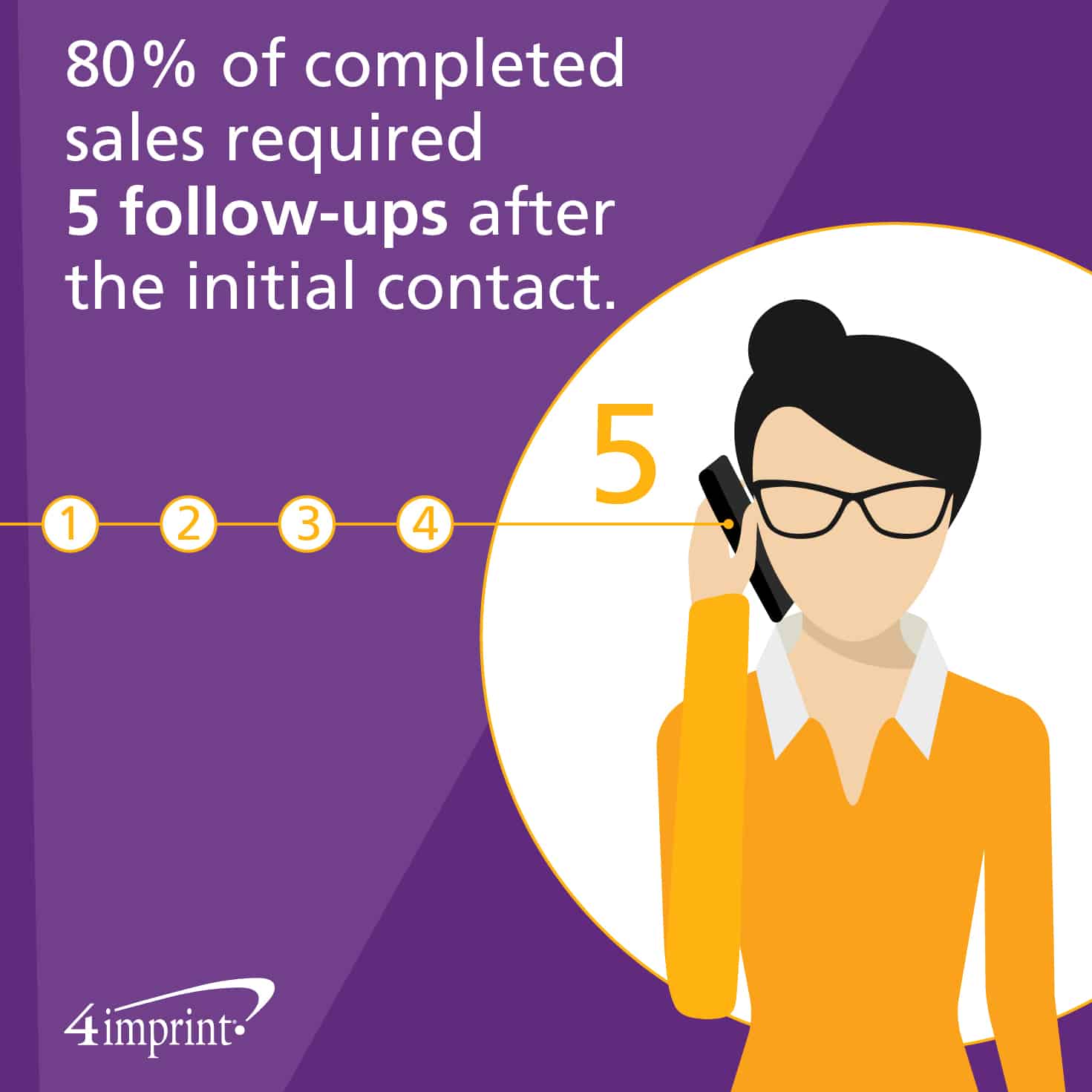Not so long ago, business owners considered a sales pipeline to be straight. Potential customers would go into one end, follow a straight line through a series of steps and flow out of the other end of the pipeline as—hopefully—satisfied clients.
But the world of B2C and B2B sales is dynamic, and thanks to innovations like online research and purchasing, that once straight pipeline can bend, twist and have multiple entrance and exit points. Under the best of circumstances, it can even be a continuous sales loop.
As a business owner, you want to make sure there are no cracks in the pipe that might allow potential customers to slip away. In this Blue Paper, we walk through the standard sales pipeline process, from the moment a customer learns about you through their decision to purchase from you (and hopefully tell their friends to do the same!) and every step in between. And, we’ll offer several business gift ideas that can help remind potential customers that you have the solutions they need
How does the pipeline work?
Sales pipelines look a little different depending on the size of the business and your perspective. As a buyer, Sales Initiative describes the basic touchpoints of the sales pipeline as:
- Discovery: The customer realizes they have a problem and recognizes you might be able to solve it.
- Consideration: The customer has the facts and is considering their options.
- Purchase: The customer gives you payment for your product or service.
- Use of Product/Service: The customer learns whether they made the right choice or reaches out to you for additional training or assistance.
- Loyalty: The customer returns to you for more services, and hopefully refers their colleagues to you as well.
On the other side of the equation, Propeller breaks down the seller’s perspective into the following general steps:
- Initial Contact: The buyer and seller encounter one another, via a website, trade show, cold call, etc.
- Qualification: The seller determines whether their products or services fit the buyer’s needs.
- Meeting: The buyer and seller discuss how the product can help the buyer, and the seller offers a demonstration or additional information.
- Proposal: Paperwork is drawn up, and a final cost is determined. This step can also include negotiation.
- Close: The deal is signed.
It should be noted that while the pipeline may appear linear, it is possible to skip steps, or even go back a step, during the process as needs or budgets change.
Tracking the people in your pipeline
The best way to keep people moving through your sales pipeline is to manage it effectively. According to the Harvard Business Review, companies with effective pipeline management experienced a 15 percent increase in revenue over companies with ineffective pipeline management. Also, “… companies that mastered three specific pipeline practices saw 28 percent higher revenue growth.”
Those three pipeline practices?
- Having a clearly defined sales process.
- Spending time on the process.
- Training sales managers in pipeline strategies and techniques.
In essence, this means you want to keep track of your potential customers and where they are in the sales process. That gives you the chance to check in with them periodically to see if they need information or if they’re ready to move to the next step in the pipeline.
Depending on the size and scope of your business, your tracking system can be anything from a simple spreadsheet to a customer management system. But as you’ll see, keeping in touch with your potential customers will be invaluable when it comes to making more sales.
Initial contact: Helping the client discover you
Selling a product or service must start with awareness. The potential customer must be aware that they have a problem in order to address it, and they must also be aware that you have a solution to their problem.
You have several options for increasing awareness of your brand.
A branded website
According to a Nielsen study, 70 percent of respondents consider a branded website a trustworthy form of advertising. This means a user-friendly website can get you on your way to making a new connection.
Another recent study says that “82 percent of customers viewed five or more pieces of content from the winning vendor before making a purchase.” That information can certainly be presented to a customer by a marketing or sale representative. However, making sure your website is keyword optimized to make it easier to find and keeping it up-to-date with content like blogs, infographics and demonstration videos, goes a long way toward making a sale.
Cold contacts
Since only 2 percent of cold calls result in an appointment (according to the study linked above), it’s a good idea to find ways to “warm” possible clients before contacting them. While this process could be as simple as contacting them via an email or requesting an introduction from a mutual friend, InsideSale.com suggests that it’s worth your time to go a few steps further:
- Choose your connections carefully, focusing on decision makers.
- Send a handwritten note.
- Come up with unique business gift ideas, like giving a branded travel mug to show that you value their time.
Personal recommendations

Eighty-three percent of respondents listed “recommendations from people that I know” as the most trusted form of advertising, according to a study by Nielsen. Moreover, statistics show that salespeople who actively seek out referrals earn four to five times more than those who don’t. So, if you’ve got loyal, satisfied customers, be sure you’re asking them for connections and recommendations.
Trade shows
Trade shows are one of the most effective ways to make customers aware that you have a solution for their problem. Trade shows provide the opportunity for a face-to-face meeting and demonstrations or samples of your product. It’s also the perfect opportunity to use sales promotional products.
Legalinc Corporate Services in Frisco, Texas, found a unique way to use products to promote their legal solutions. Digital Marketing Coordinator Will Nye said that at a recent paralegal conference, the company used the Customized Majestic Mug – 17 oz. to market their legal solutions to potential business partners, like attorneys and CPAs. They chose the mug to make a lasting impression.
“A lot of companies use free giveaways, but we use it as marketing collateral, something to give away at conferences that people don’t throw away, so the items sit on desks,” Nye said.
They paired the mug with a T-shirt that sported a humorous definition of paralegals, describing them as someone who stays in the office well past the normal hours they should.
The mug and shirt turned out to be great awareness booster. “Compared to previous conferences, people were much more open to being contacted, and a significantly higher number of people wanted to be reached out to,” Nye said.
How to keep the process moving

If a customer is showing interest in you, the adage “strike while the iron is hot” applies. Studies show that “35 to 50 percent of all sales are won by the vendor that responds first.”
While having an amazing product is important, taking a call or promptly answering an email is just as essential to keeping your sales pipeline full.
Once you’ve contacted a potential customer, good communication will go a long way toward earning a sale. According to a HubSpot study, the best way to create a positive sales experience for buyers is to:
- Listen to their needs (69 percent)
- Don’t be pushy (61 percent)
- Provide relevant information (61 percent)
- Respond promptly (51 percent)
While answering the buyer’s questions, you, the seller, will have equally important questions to consider. Can you truly provide the solution the customer’s problem? Are you speaking to the company decision maker? Does your product or service work within their industry and their budget? Are they ready to buy now or six months from now?
Knowing how you define a qualified customer will allow you to answer their questions and concerns as they work through the consideration phase. By offering the information they require, you’ll help them move through your sales pipeline as efficiently as possible. Since the consideration phase can be lengthy, you’ll want to follow up at regular intervals.
One way to keep your company top of mind is by sending relevant information along with sales promotional products. This Point it Out Sticky Set is a particularly useful addition to any desk. Even better, send something that reminds them of your brand. For example, if you sell medical products, include a MopTopper Stylus Pen – Stethoscope along with a personal note.
TRP International, LLC in Dallas, Texas, turned a promotional product into a sales gift to get results. TRP sells axle and suspension products mostly to the trailer, RV and agriculture industry. To make sure their customers had all the information they needed, the company sent an Economy 1-1/2″ Vinyl Ring Binder filled with their product catalogs.
“Most of our customers have a bookcase because there are so many parts catalogs for agriculture and trailer manufacturers, as well as trailer parts retail locations,” Account Executive Cyndi Mitchell said. “There is big competition, so we wanted to make sure we have something that kept all of our products together. A binder that is easily recognizable and organized will be their first grab, and they have all the information they need at their fingertips.”
The binders, along with other promotional items, are helping the company keep its sales pipeline full. “We firmly believe that we make our money spent on promotional products back many times over,” Mitchell said. “Name recognition and brand recognition give you a clear advantage in the markets where there is a lot of competition.”
Proposal, purchase and closing the deal

Studies have shown that 44 percent of salespeople give up after a single rejection. That’s unfortunate because studies also show that 80 percent of sales require five follow-ups after the initial contact.
Remembering to carefully monitor your sales pipeline and verify that customers aren’t slipping through holes. Can you offer an updated product or a special discount to a customer who was previously on the fence about your business? Is it time to check up on a customer who asked to be contacted in six months?
Simply by continuing to provide relevant information and following up at regular intervals, you’ll stand a much better chance of reaching the final steps: Making a proposal and closing the deal.
The sale’s closing can include multiple steps. A proposal may be met with negotiation. The client might even take a step back to the consideration phase, if they realize they require more information.
But once you’ve closed the deal, it’s time to celebrate! Let your customers know how much you appreciate their business by sending a unique thank-you gift, like the Thank You Auto Open Umbrella – 43″ Arc, which says thank you in 12 different languages. Or a KOOZIE® Picnic Basket filled with food or beverages.
Use of product and product loyalty
Although the deal is done, it’s only the start of an important long-term relationship. There are multiple reasons to consider your new customer an important part of your pipeline:
- The client may require the same product again, intermittently or at regular intervals.
- The client might require other products or services you provide.
- The client might be willing to serve as a referral.
When it comes to referrals, just asking for one can do amazing things for your business. One study showed that “91 percent of customers say they’d give referrals, but only 11 percent of salespeople ask for referrals.” Those numbers are even more important when you consider that “84 percent of buyers now kick off their buying process with a referral.”
And even if your new customer isn’t able to refer you to anyone, the study linked above still shows that it’s 6 to 7 times less expensive to maintain a relationship with them than it is to search for new customers.
Subsequently, checking in with your current clients is an important part of your pipeline maintenance, whether you’re following up with a phone call, sending an email or sending them relevant sales promotional products during the holiday season or on the anniversary of their purchase.
Giving a Business Card Chocolate Treat – Thank You will certainly show appreciation for their referrals and a Super Soft Chenille Blanket on a special occasion will give them warm feelings toward your brand.
Keep your sales pipeline flowing
The secret to selling isn’t much of a secret at all. It’s all about a problem and a solution coming together. If you’ve got a great solution, spot-on follow-up skills and a few creative business gift ideas, you can turn the trickle in your sales pipeline into a steady stream.

